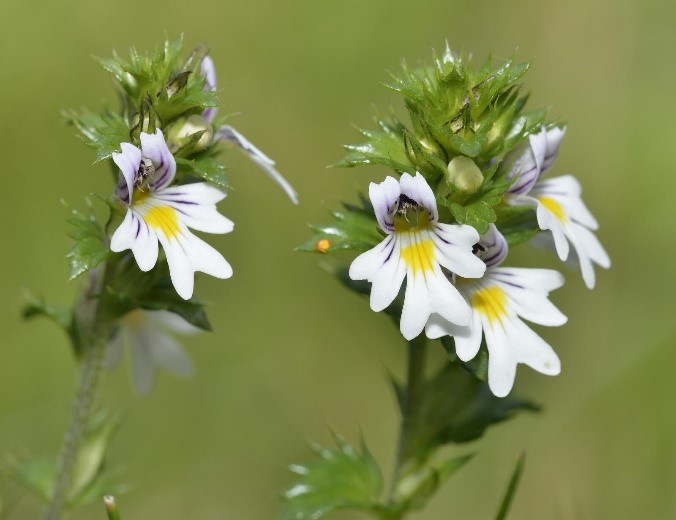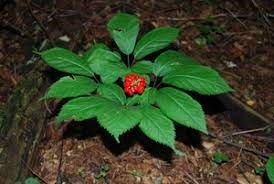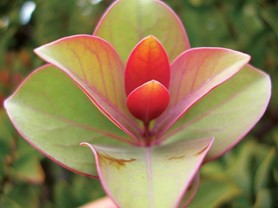Hey! I’m Cricket. I’ll be your super-duper, amazing, handy helpful guide on your adventure! 😊
The plants are endangered. You must help Buzzy on his journey to save the endangered plant species and return them to the hive. If you can also manage to collect all the pollen along the way, there is a special surprise!
If you scroll down on the page there is a list of controls.
When you’re ready to begin, walk out the door.
Goodluck!
>> Press Enter to continue <<
That’s an enemy! Be careful!
If you bump into an enemy your progress will be reset and you’ll need to start again.
>> Press Enter to continue <<
Did you know:
Bees have a symbiotic relationship with flowers and other plants.
The bees pollinate the plants, spreading the pollen from flower to flower which helps the plants reproduce and in exchange, the bees also eat the pollen.
It’s a win-win!
>> Press Enter to continue <<
You rescued a plant!
The Euphrasia or “Eyebright” is a flower located in grassy biomes and is native to Eastern Europe.
The most common colours it comes in are purple, blue-white and violet.
It’s most well known attribute is that it has been claimed to strengthen the brain and treat bad memory.

>> Press Enter to continue <<
Welcome to the snowy tundra of Alaska!
There are about 1,700 types of plants in the Alaskan Tundra.
What most of them have in common are growth characteristics; they tend to grow low to the ground.
Among the common types of tundra plants are willows, sedges and grasses, many in dwarf forms compared to their growth forms in warmer climates.
>> Press Enter to continue <<
Many factors are influencing the decline of bees :(
These include habitat destruction, increased use of pesticides, colony collapse disorder, and climate change.
We can all do our part to help bees by planting more flowers for them to pollenate and avoiding the use of pesticides on these flowers.
>> Press Enter to continue <<
You rescued a plant!
American ginseng is a herb that grows mainly in North America.
The plant grows 15 to 46 cm tall, usually bearing three leaves, each with three to five leaflets.
American ginseng is believed to stimulate the body's resistance to physical, environmental, and emotional stressors.

>> Press Enter to continue <<
Welcome to the beaches of the Hawaiian islands!
Hawai'i has developed a unique and fragile ecosystem with over 3,000 native species of plants.
The big island has six vegetation zones: coastal, lowland rain forest, montane rain forest, subalpine, alpine, and dry leeward, which makes it a great place for bio-diversity.
Hawai'i is probably best known for it's vast assortment of delicious tropical fruits!
>> Press Enter to continue <<
Bees play a massive role in pollinating the plants that we eat.
A single bee colony can pollinate 300 million flowers in a day.
Approximately 75% of the world’s crops depend on pollinators.
In North America alone, bees help with the production of at least 90 crops.
>> Press Enter to continue <<
You rescued a plant!
Haleakala sandalwood is a shrub with ovate leaves that is native to the Hawaiian Islands.
The flowers are cream-colored to red in bud and cream to white when open.
Native Hawaiians used sandalwood for a variety of medicinal purposes, perfuming kapa, and making musical instruments.

>> Press Enter to continue <<
CONGRATULATIONS!
You rescued all the plants!If you have collected all 20 pollen you unlock no enemy mode!
You collected 0 pollen.
Thanks for playing through the game! If you wish, you can enter the door to play again.
>> Press Enter to continue <<
Level:
Pollen count: 0
Elapsed time:
Controls
w = jump
a = move left
d = move right
esc = bring up menu
m = music on
n = music off